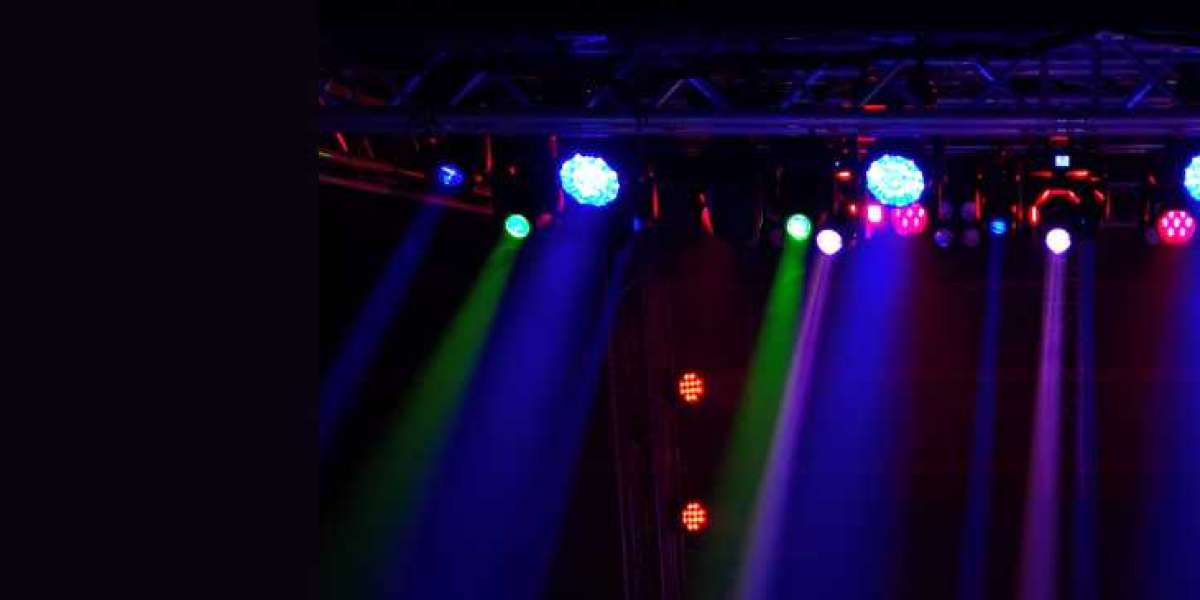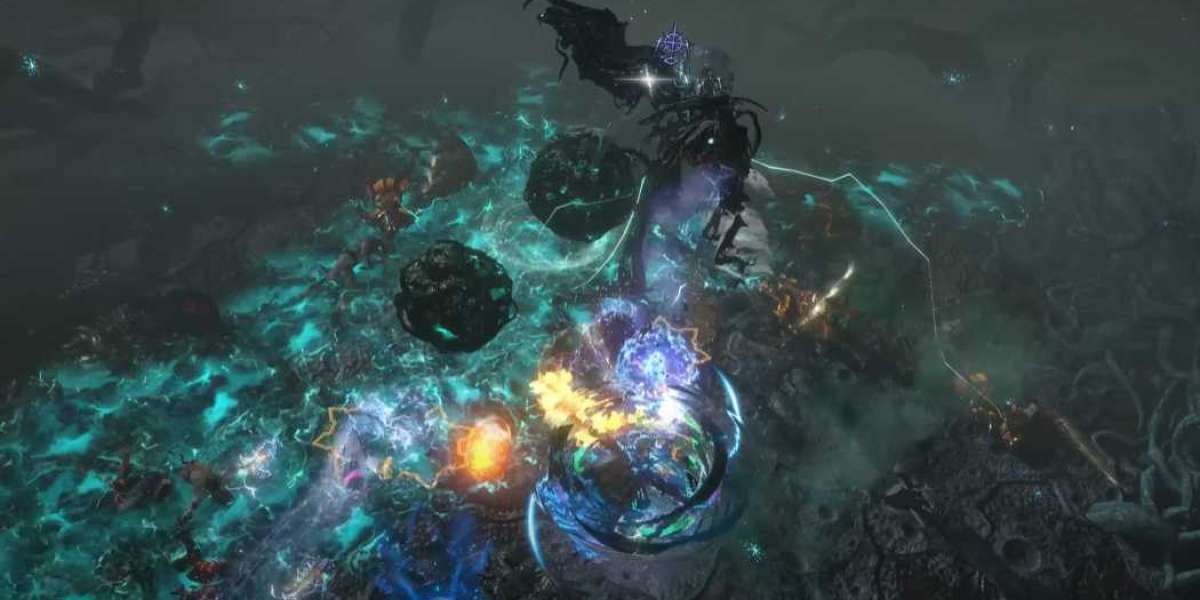The true potential of moving head lights isn’t fully realized until they’re programmed. Programming transforms basic movements into synchronized visual stories, blending lighting with music, narrative, or environmental transitions. Whether you're working on a concert, theatrical show, or corporate event, programming is what determines how impactful the lighting will be. This essay explores the methods, principles, and strategies behind powerful moving light programming.
Understanding DMX Programming Basics
Each function of a moving head (pan, tilt, color, gobo, etc.) is assigned a DMX channel. Through a lighting console or software, you assign values (0–255) to these channels over time, creating a sequence of lighting cues.
Typical programming involves:
Scenes – Specific states (e.g., blue wash with rotating gobo)
Cues – Transitions between scenes (e.g., fade in over 2 seconds)
Chases – Rapid sequences of changes (used for strobe or dance effects)
Modern consoles can control thousands of DMX addresses and dozens of fixtures simultaneously.
Choosing the Right Console or Software
Common programming platforms include:
GrandMA (professional standard)
Chamsys MagicQ
Avolites Titan
ETC Eos (for theatre)
Lightkey or Onyx (for smaller productions)
Each offers timelines, palettes, effects engines, and visualization tools that make programming more intuitive and scalable.
Using Palettes for Efficient Programming
Palettes are pre-saved values (e.g., a pan/tilt position or color) that can be reused across cues. They allow for:
Faster cue building
Quick global updates
Consistent looks
For example, if a “soloist spotlight” position is used in 10 scenes, updating the palette updates all 10 scenes instantly—saving time and increasing flexibility.
Timing and Transitions
Timing is everything. The speed at which lights fade in, move, or change color directly impacts emotion and clarity. Use:
Fast transitions for excitement or urgency
Slow fades for calm or dramatic tension
Delayed cues to create ripple effects or chase sequences
Timecode or MIDI syncing allows for millisecond accuracy, which is vital in concerts or multimedia shows.
Effects Engine and Macros
Advanced consoles offer “effects engines” that automate movement patterns (circle, swing, sweep), color chases, and intensity fades. These are especially useful for:
Live music shows
Dance floors
Complex movement scenes
By combining custom effects with macros (automated programming shortcuts), you can build intricate shows with fewer manual steps.
Cue Organization and Execution
Cue stacks (playback sequences) are structured into pages and banks for live shows. Operators can assign cues to faders, buttons, or MIDI controllers. Effective cue stacking allows for:
Smooth transitions
Live improvisation
Emergency overrides
This structure ensures control under pressure and enables multiple operators (e.g., one for house lights, one for effects).
Programming for Impact, Not Just Complexity
It’s tempting to program elaborate effects, but maximum impact often comes from simplicity and timing. Ask:
What’s the goal of this cue?
Does the lighting support or distract from the action?
Can one fixture do the job of three if used well?
Good programming supports the performance rather than overwhelming it.
Pre-Visualization and Offline Programming
Programs like Capture, WYSIWYG, Depence², or Vision allow programmers to previsualize shows in 3D environments. These tools:
Save time on-site
Allow testing without equipment
Help secure client approvals
Offline programming is critical for touring shows or short turnarounds.
Show Backup and Documentation
Always back up your show files and document:
Fixture addresses
Console settings
Cue lists
Timecodes
Clear documentation enables team collaboration and ensures recovery in case of technical issues.
Conclusion
Programming moving head lights is both a science and an art. It requires technical fluency with consoles and DMX, an eye for timing and mood, and a creative vision that aligns with the performance. When done well, programming transforms individual lights into a cohesive, dynamic system that elevates every moment of a production.
Read More Here:- https://owntweet.com/go_65dc40ec074cf








